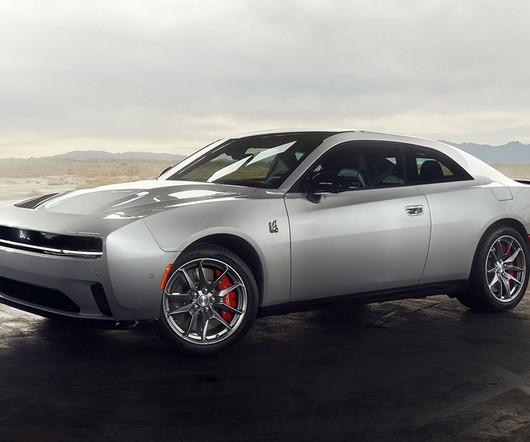Report: Mazda seeking 30% boost in fuel economy with HCCI SkyActiv 2 engines around 2020
Green Car Congress
JANUARY 8, 2014
Automotive News reports that Mazda plans a second generation of SkyActiv engines around 2020 that would achieve 30% better fuel economy than the current line of Skyactiv engines. The focus will be on lean burning, and increased compression ratios for the gasoline engines. Earlier post.).








































Let's personalize your content